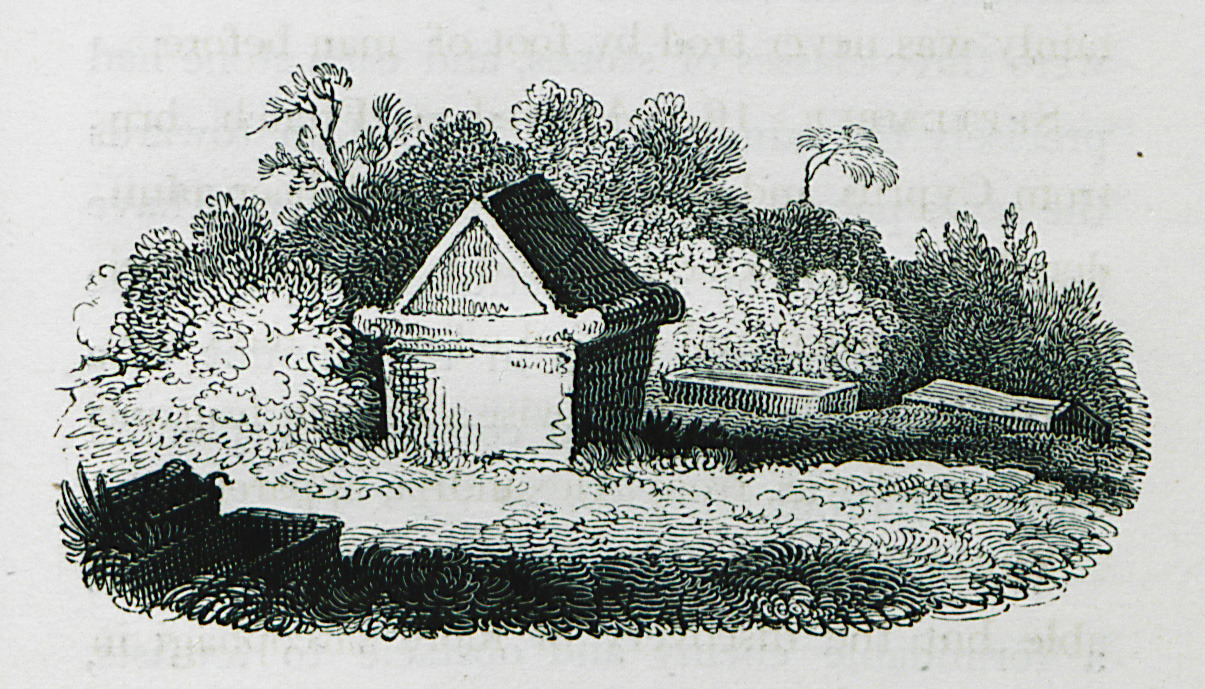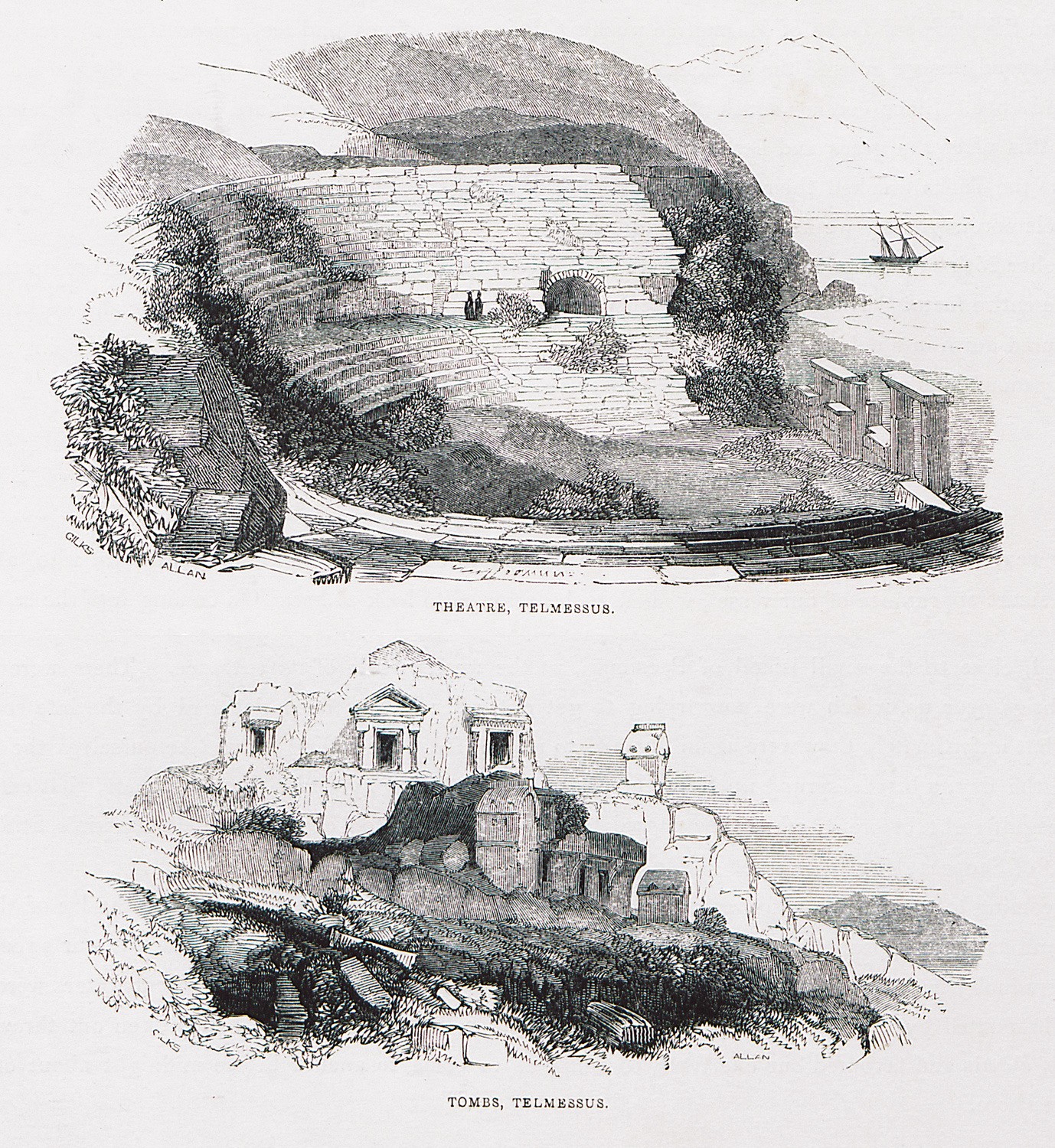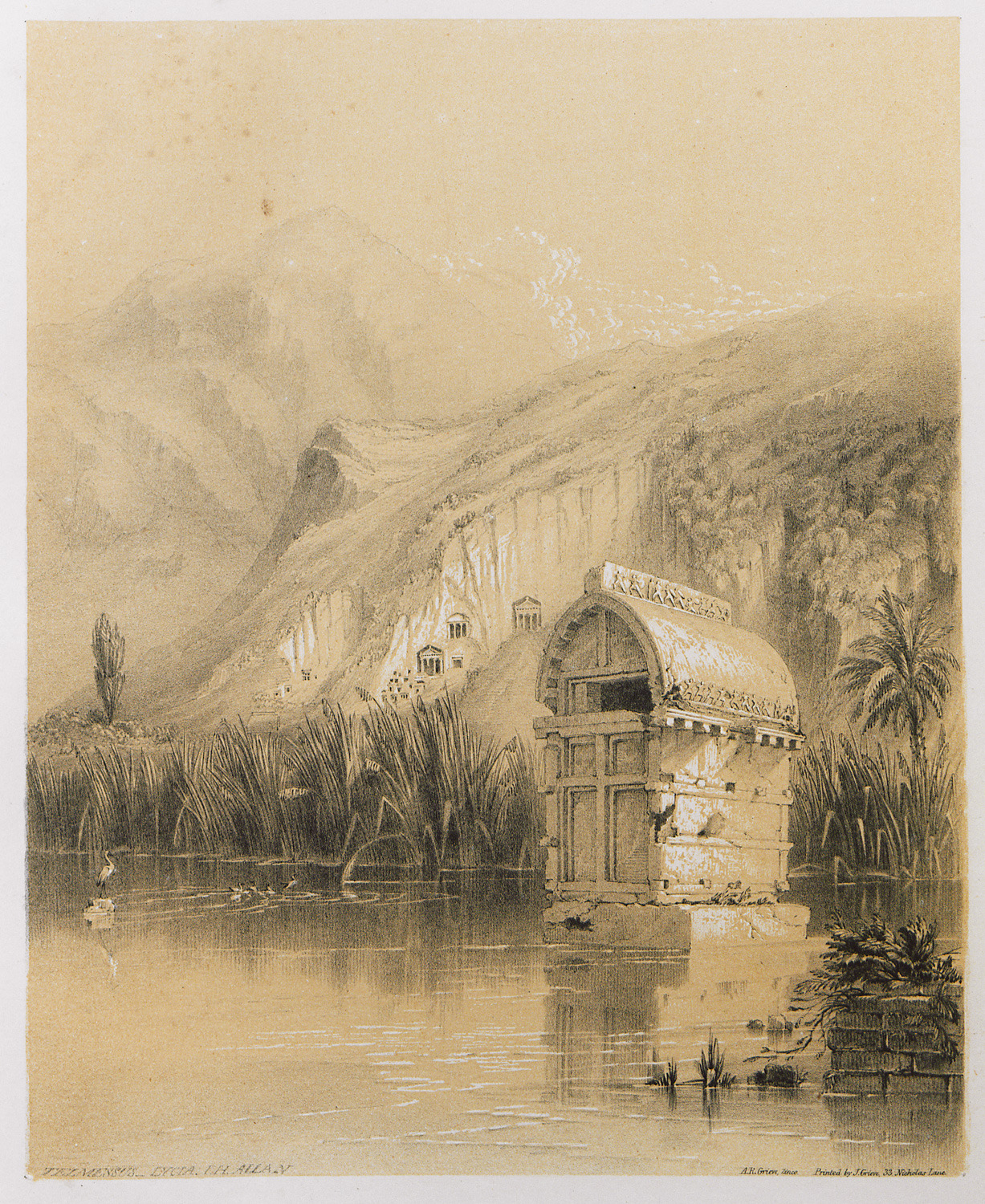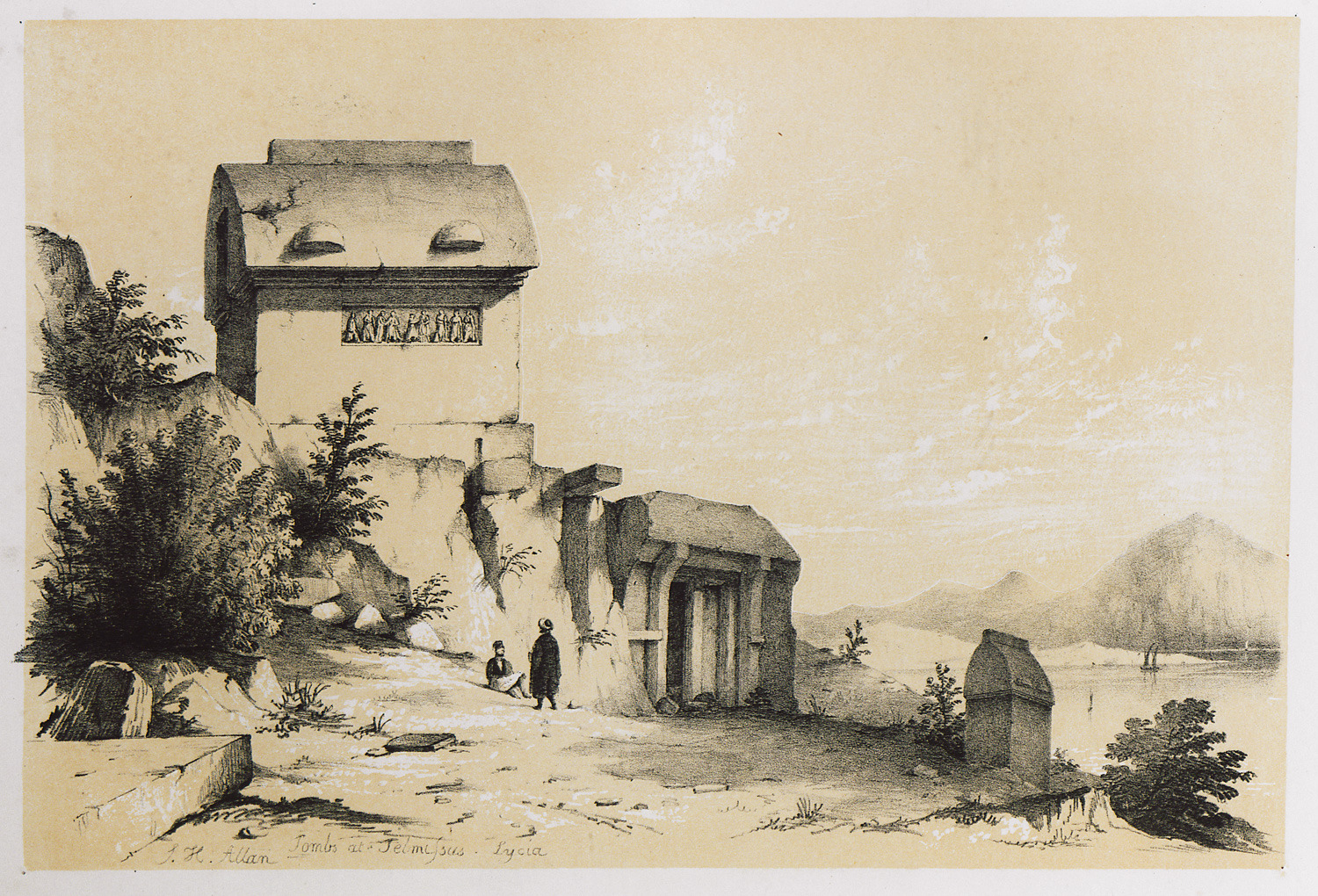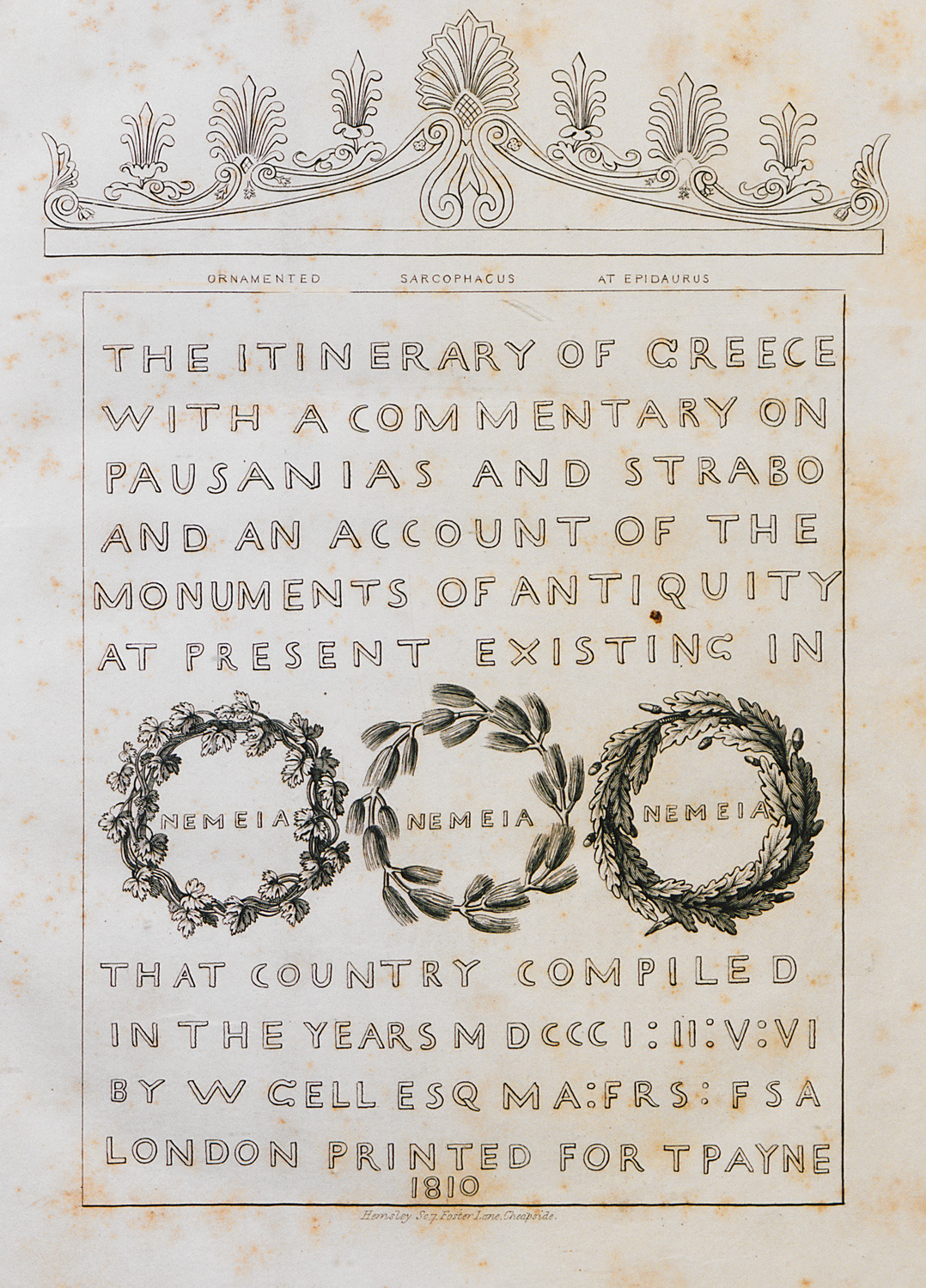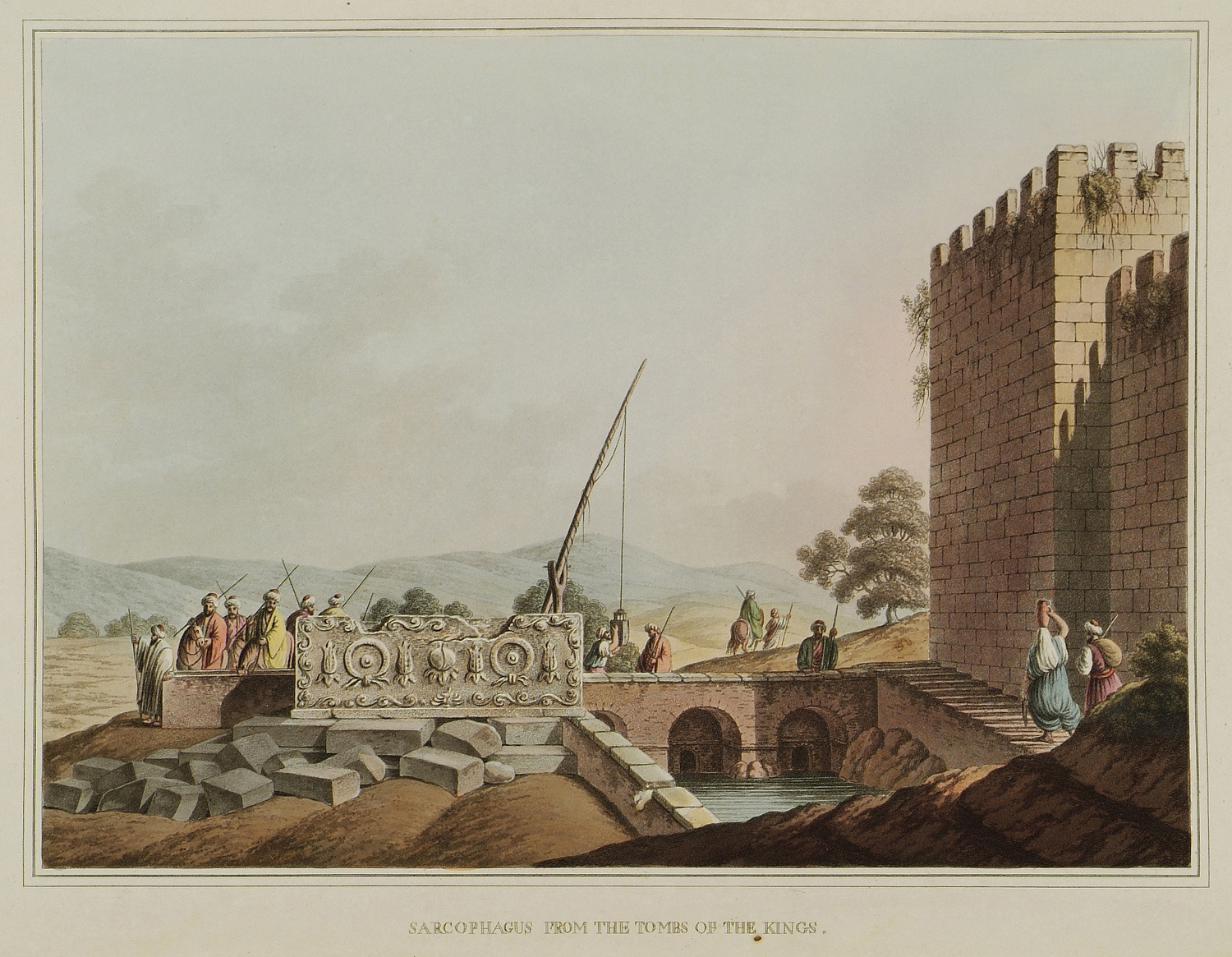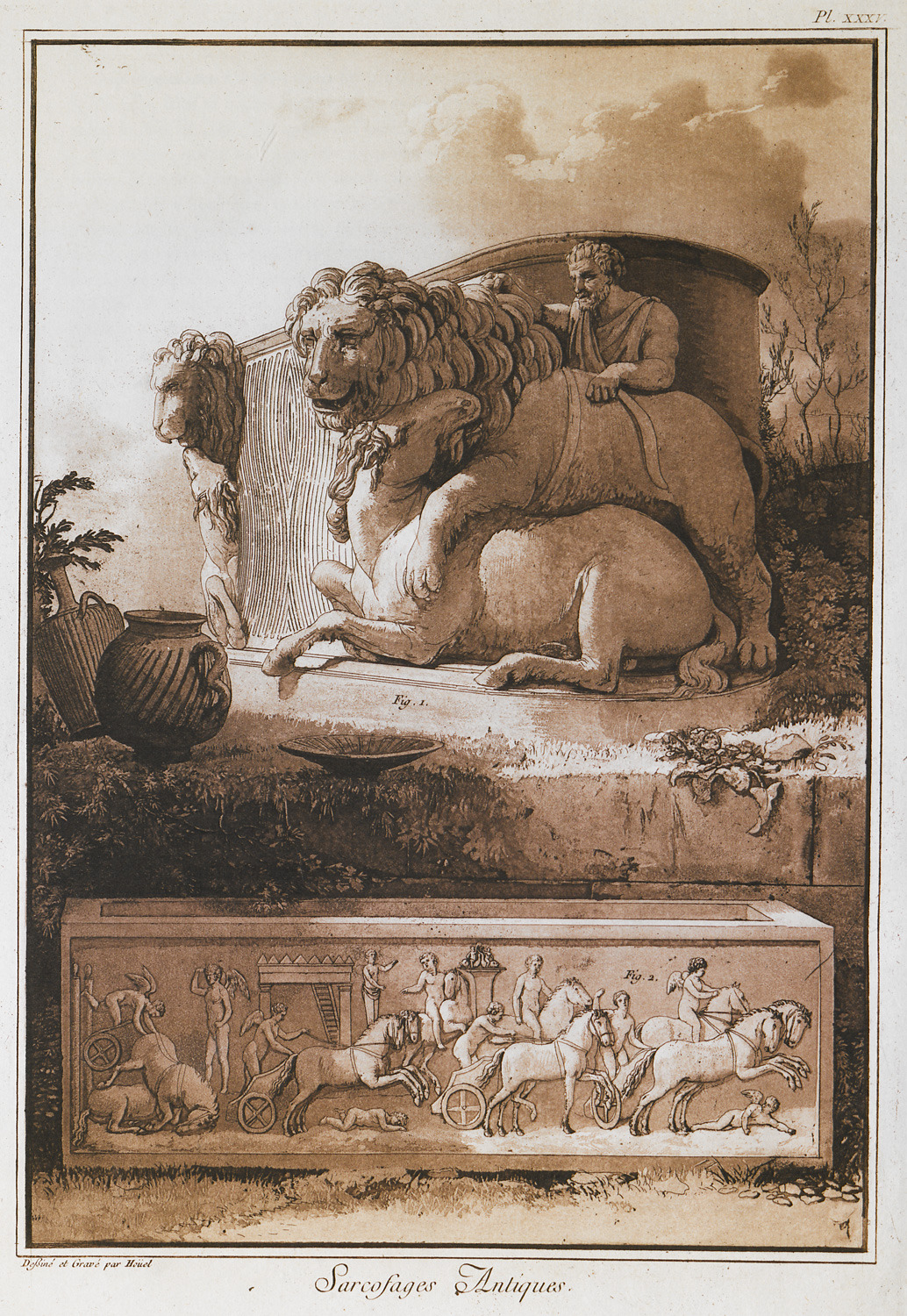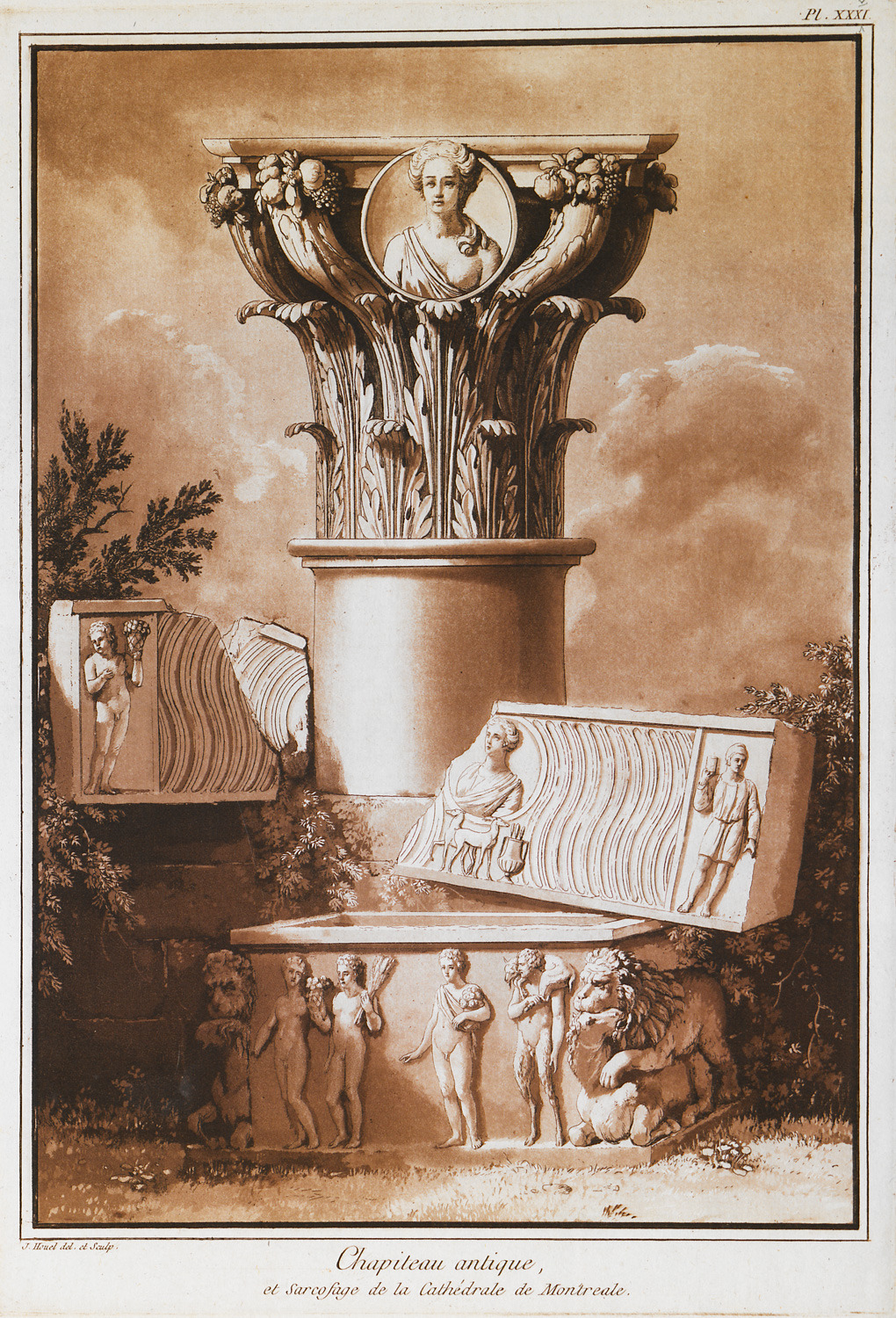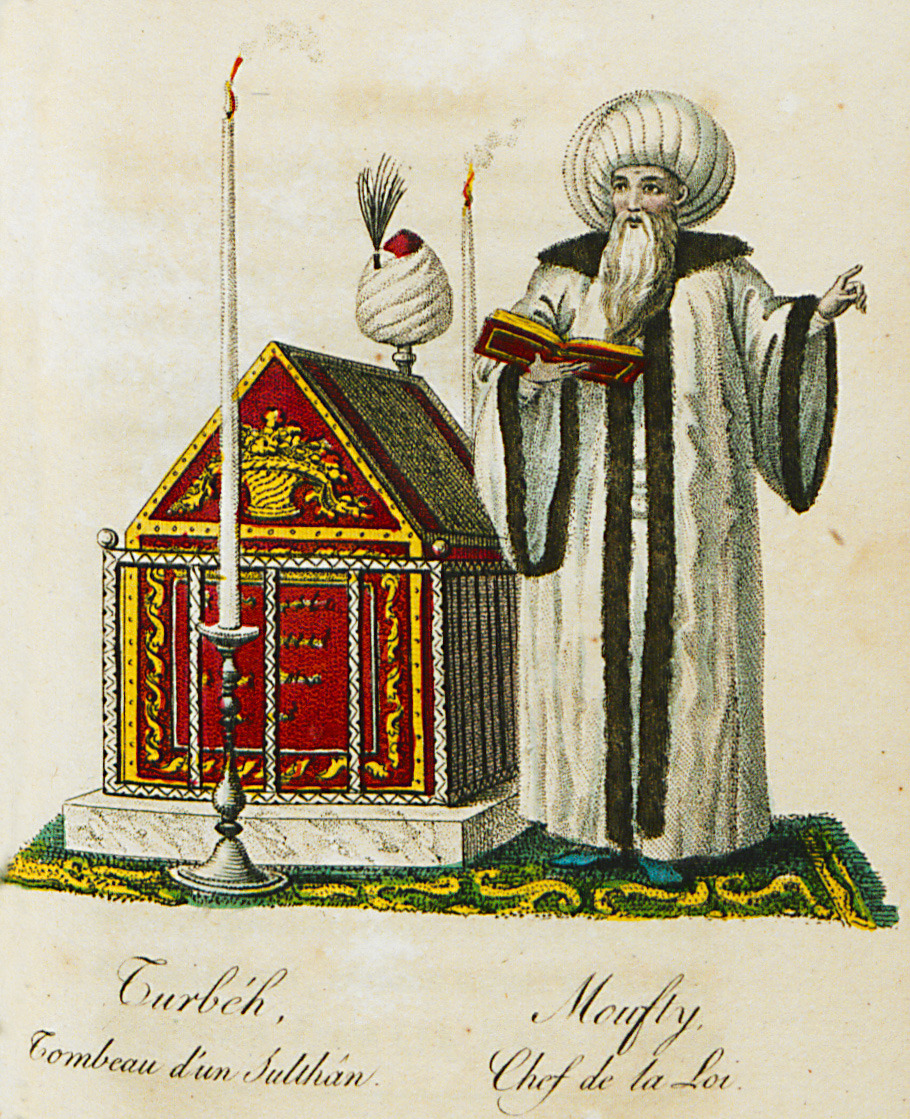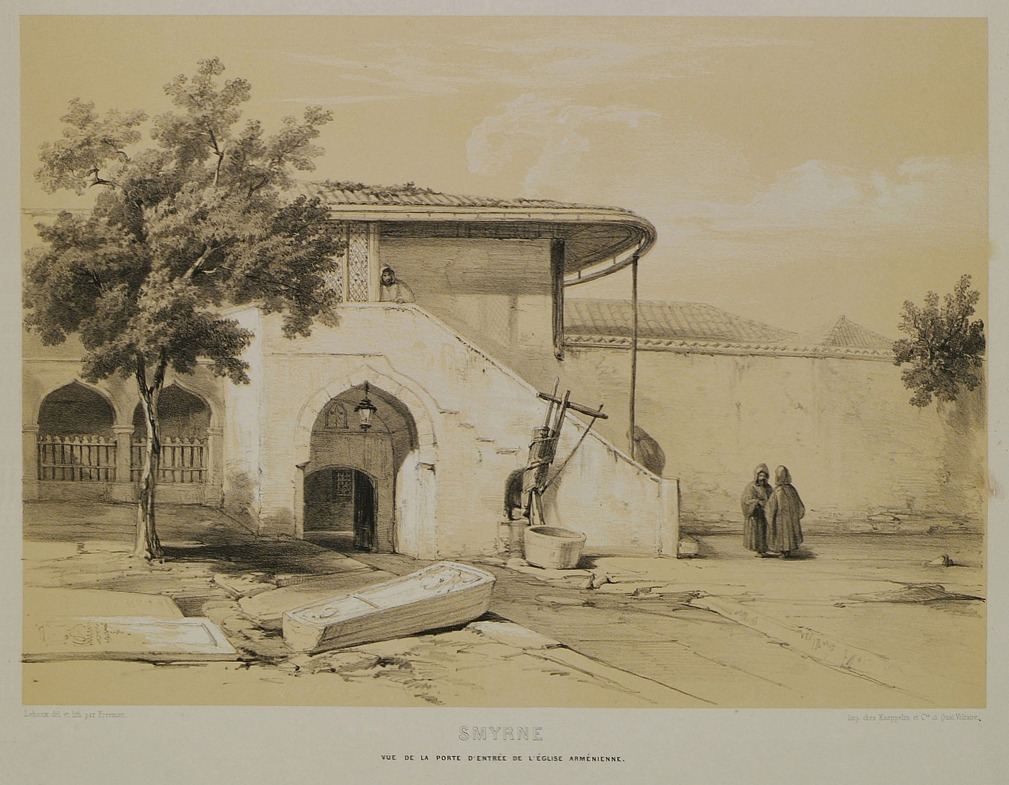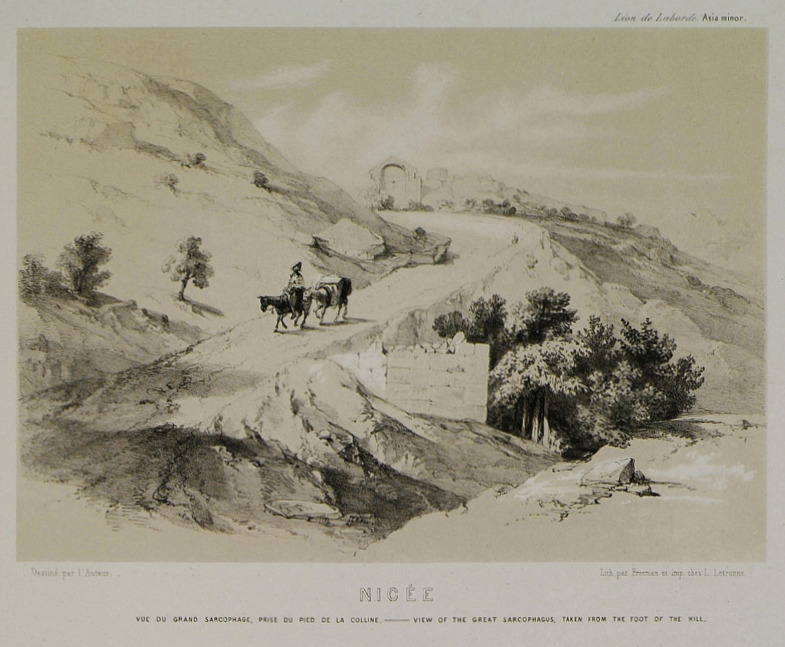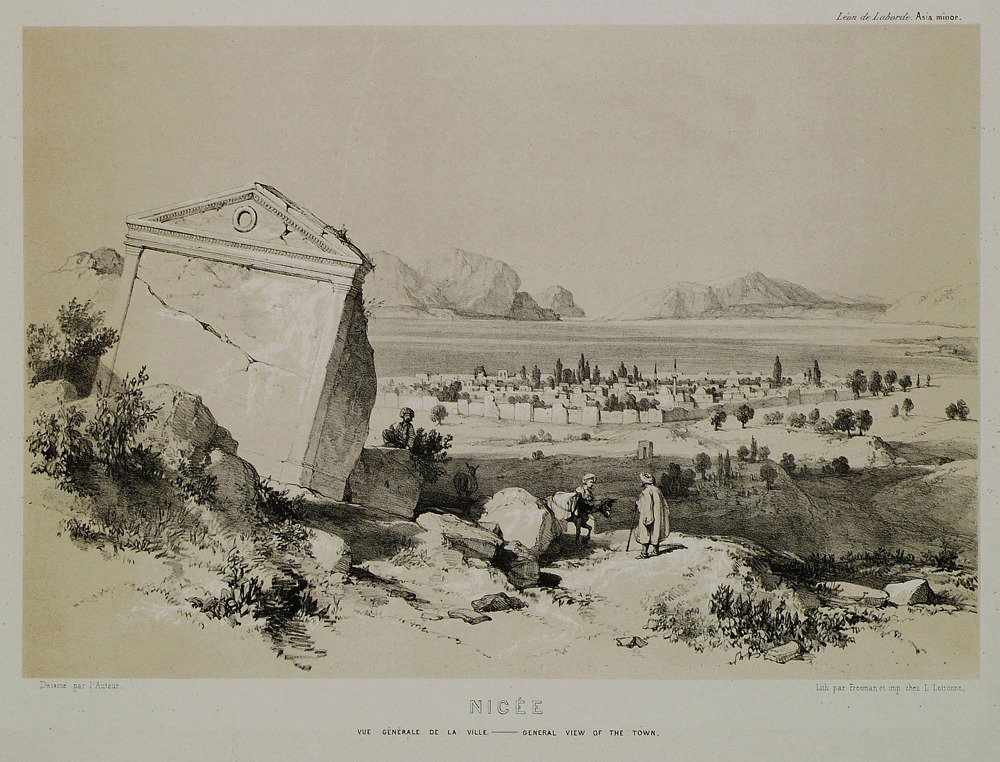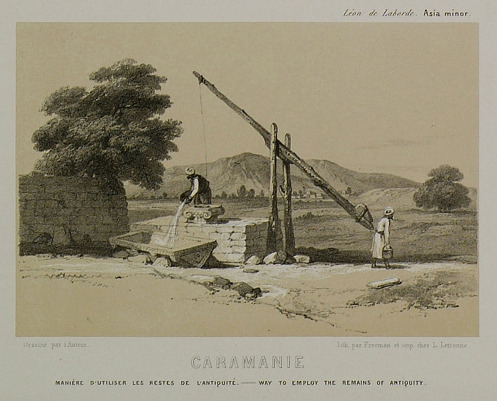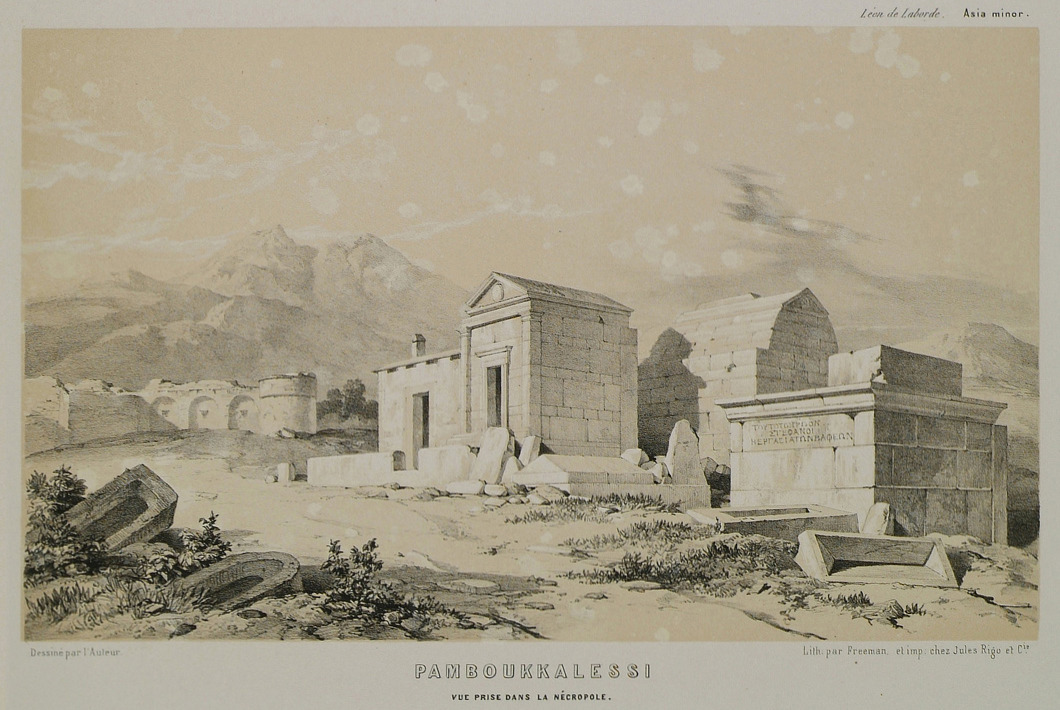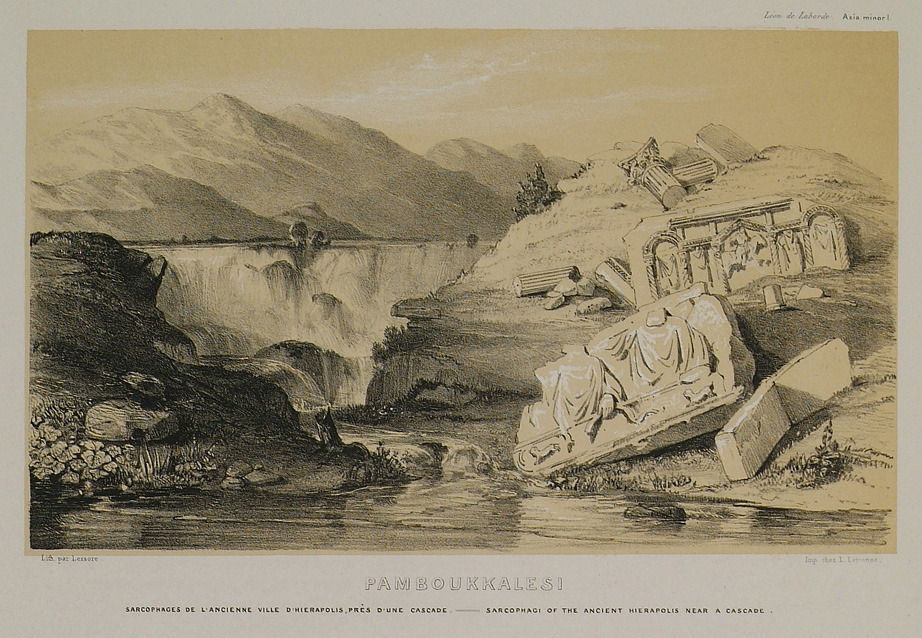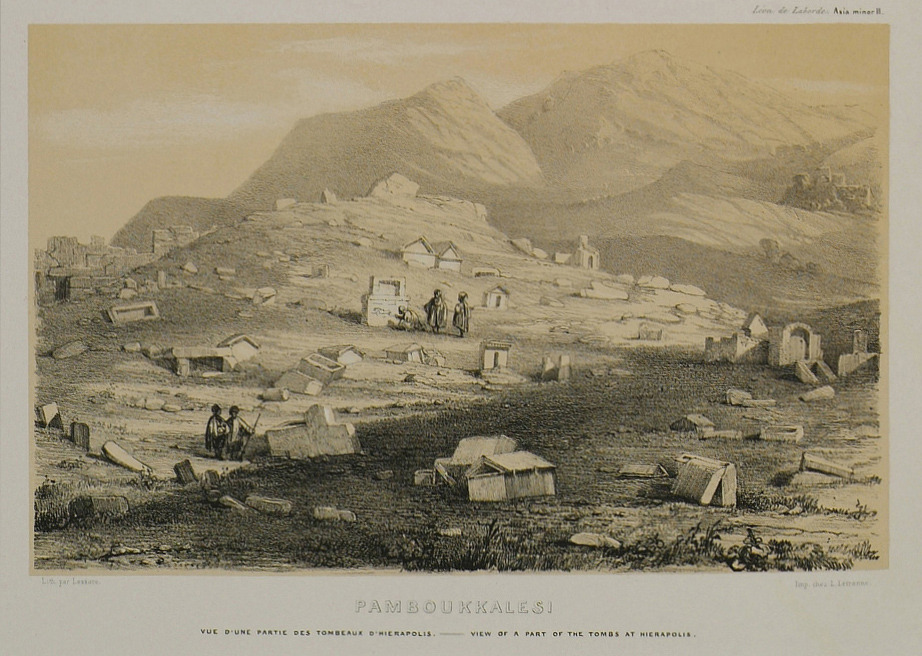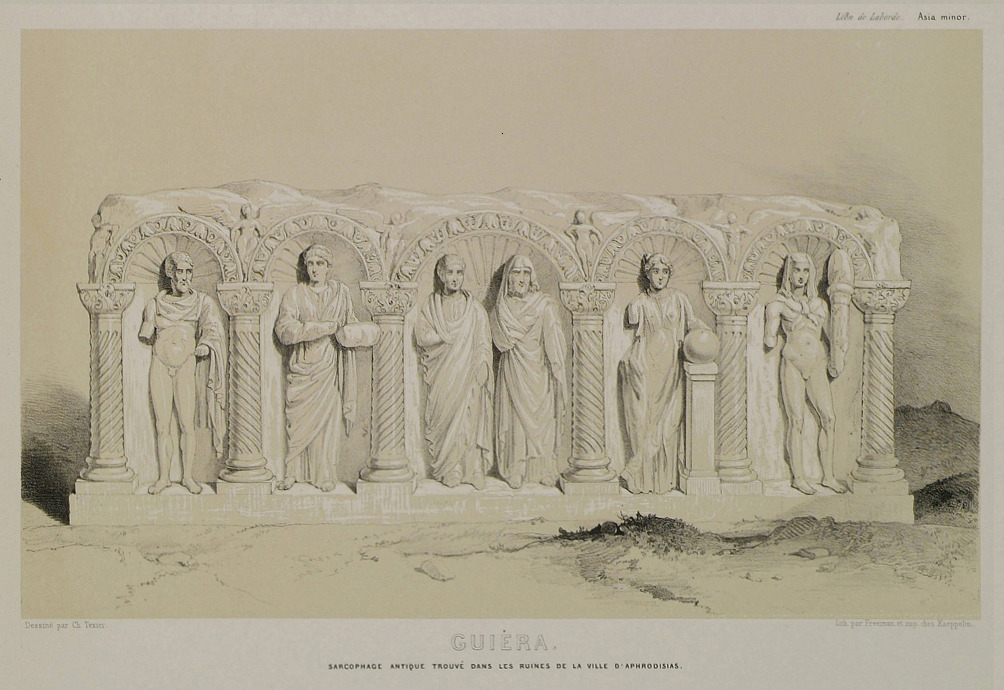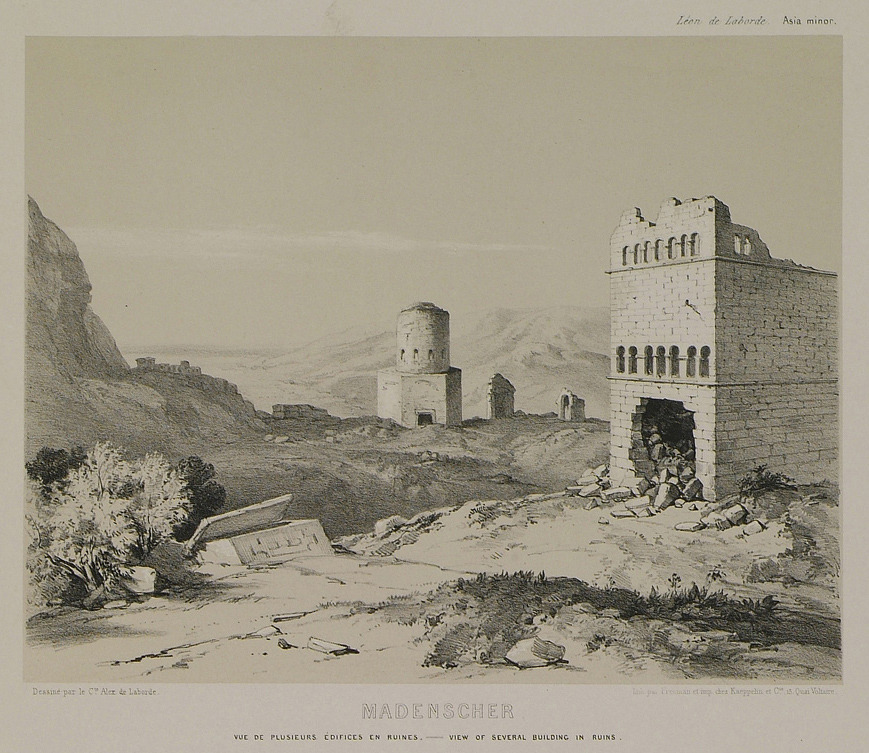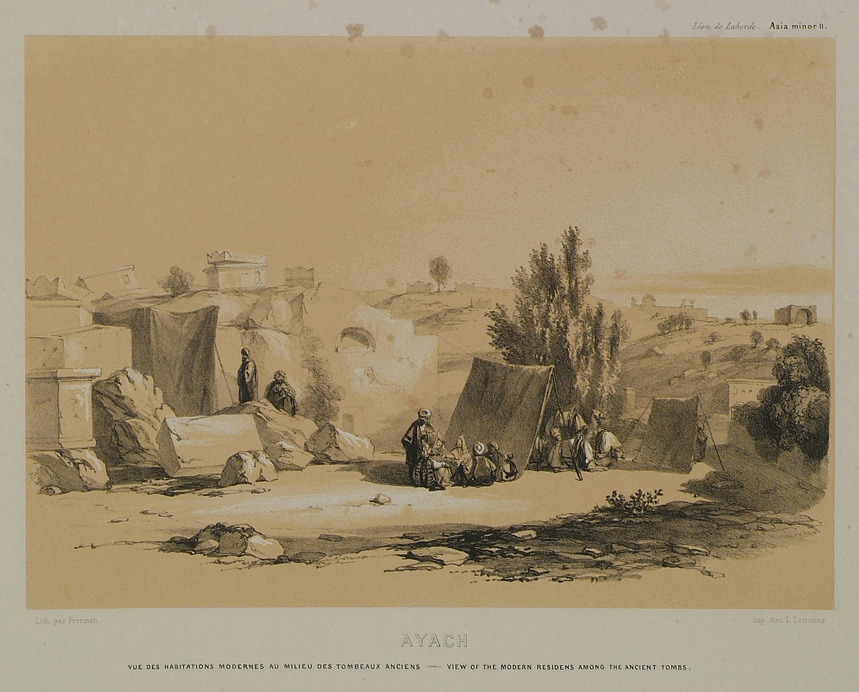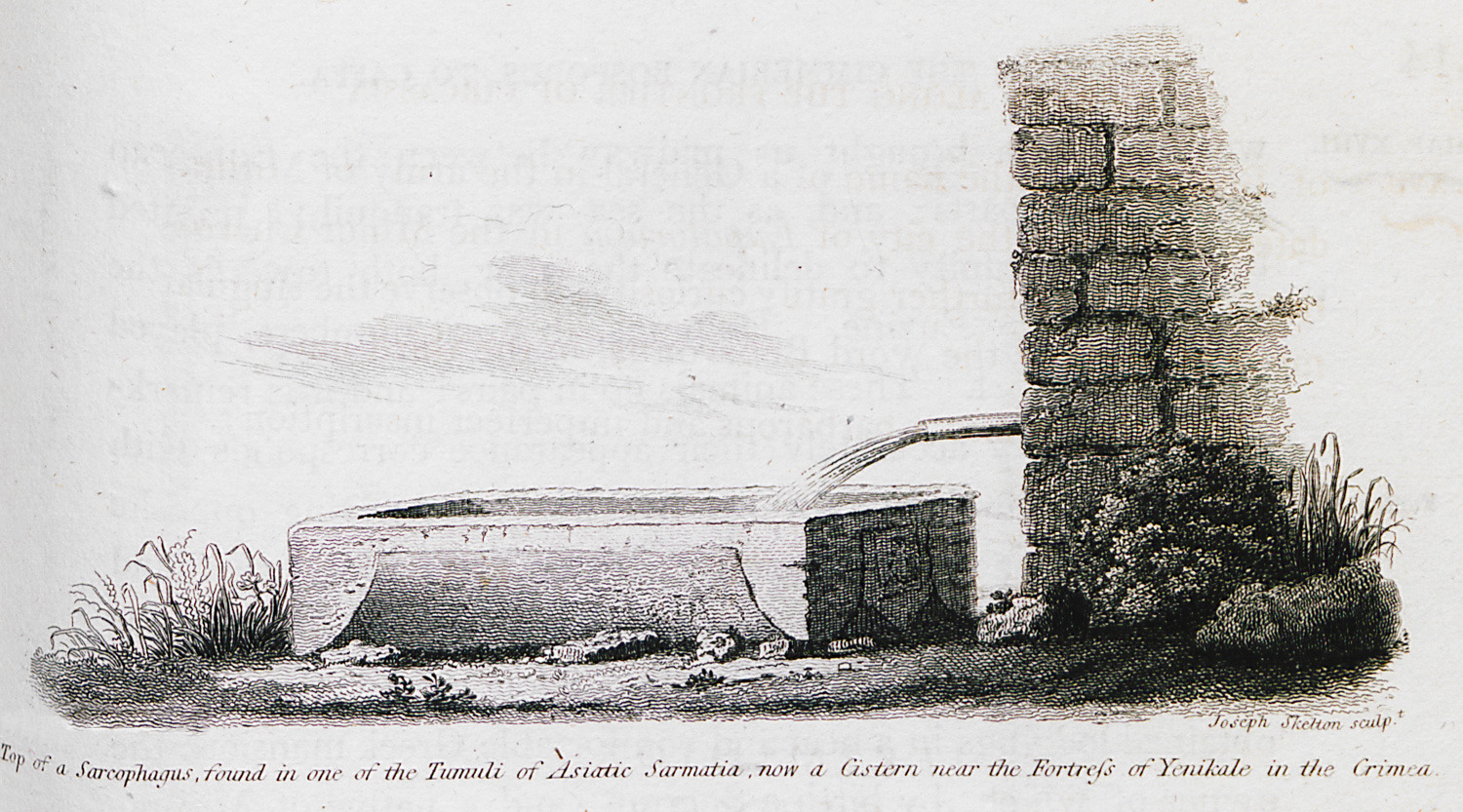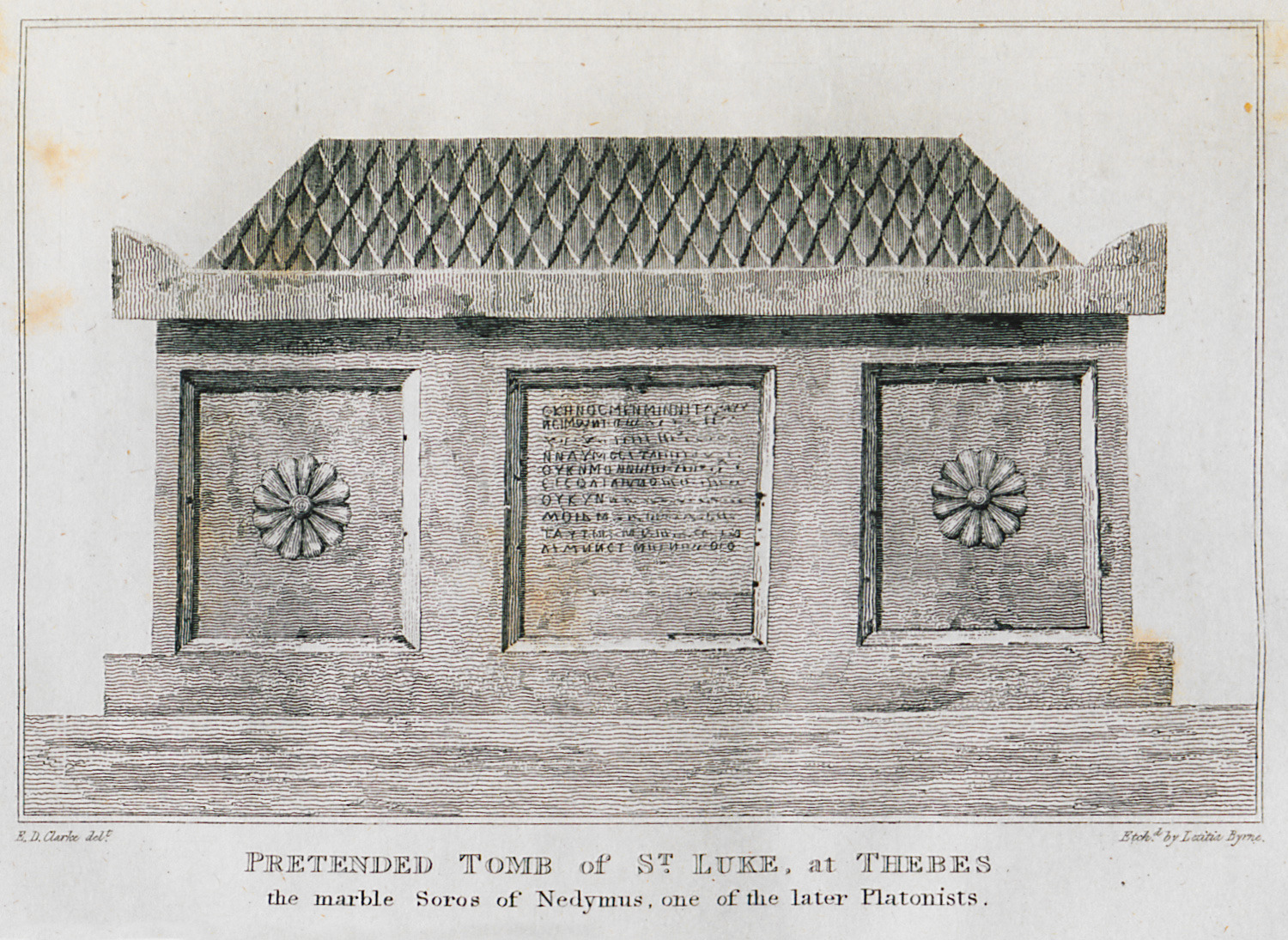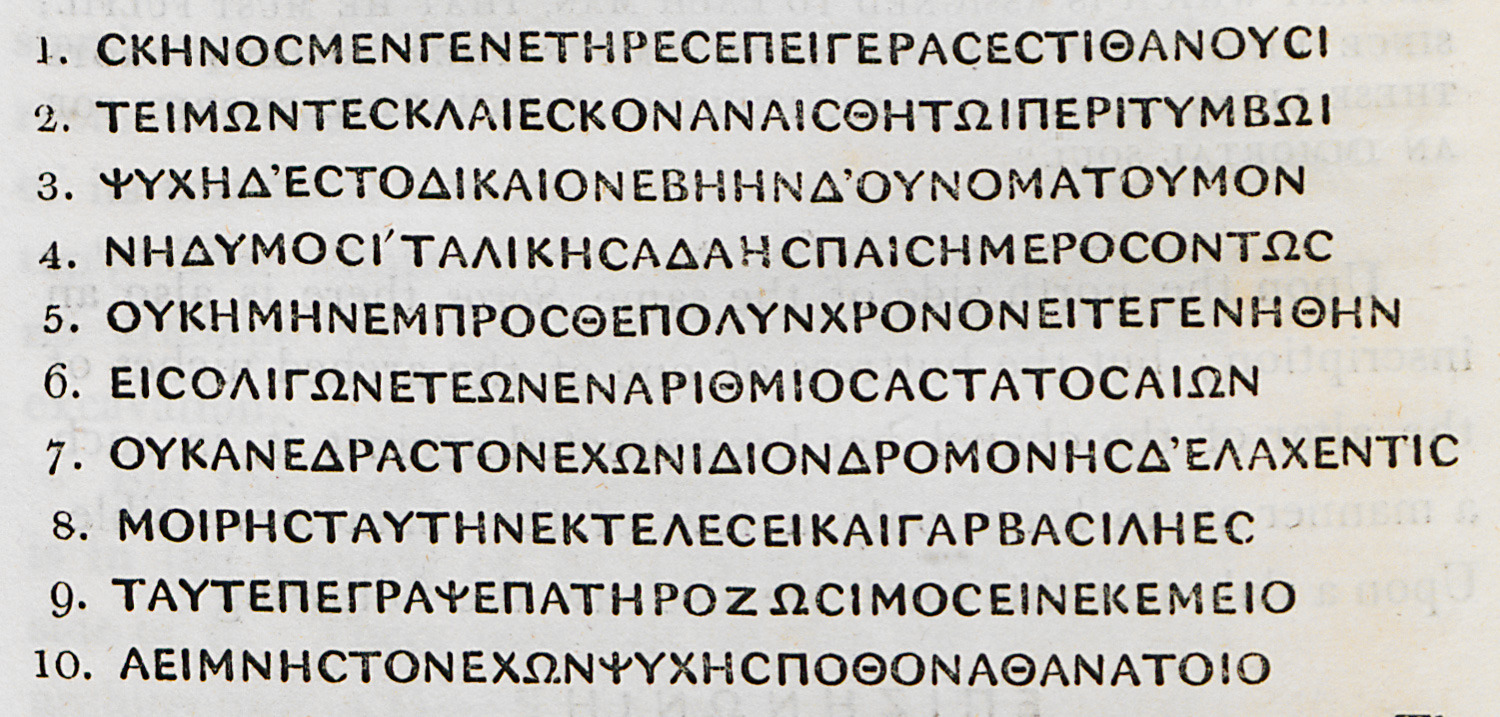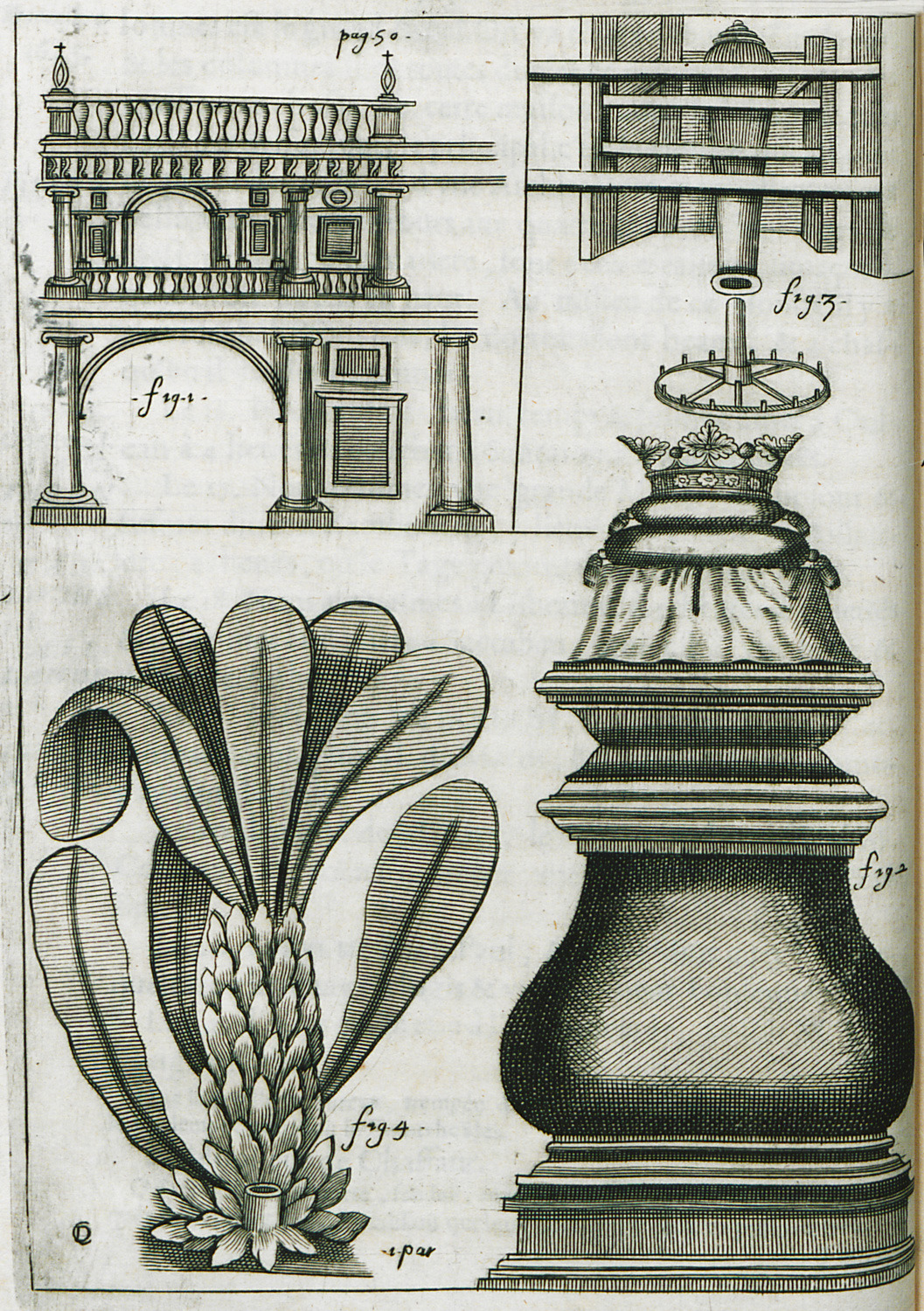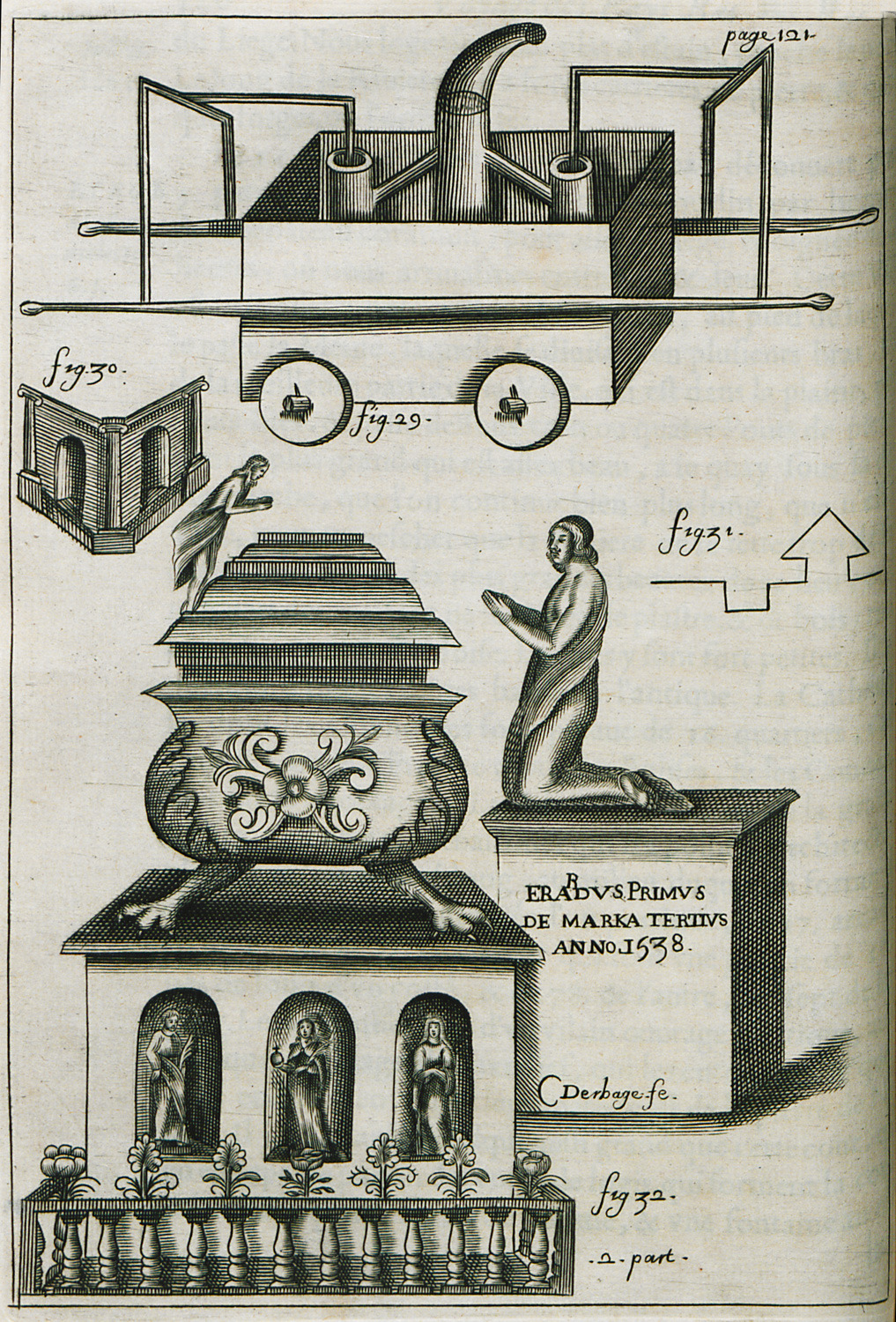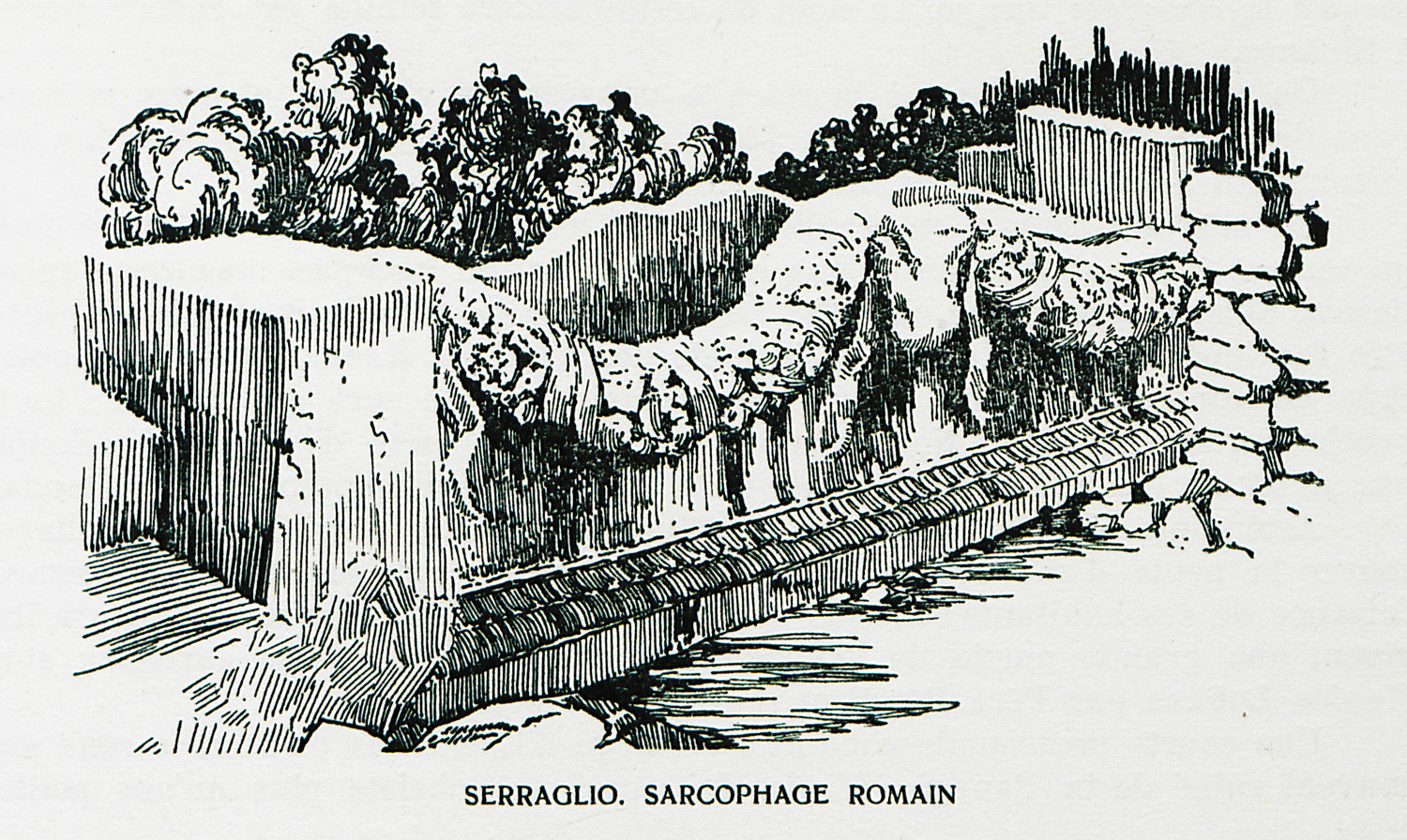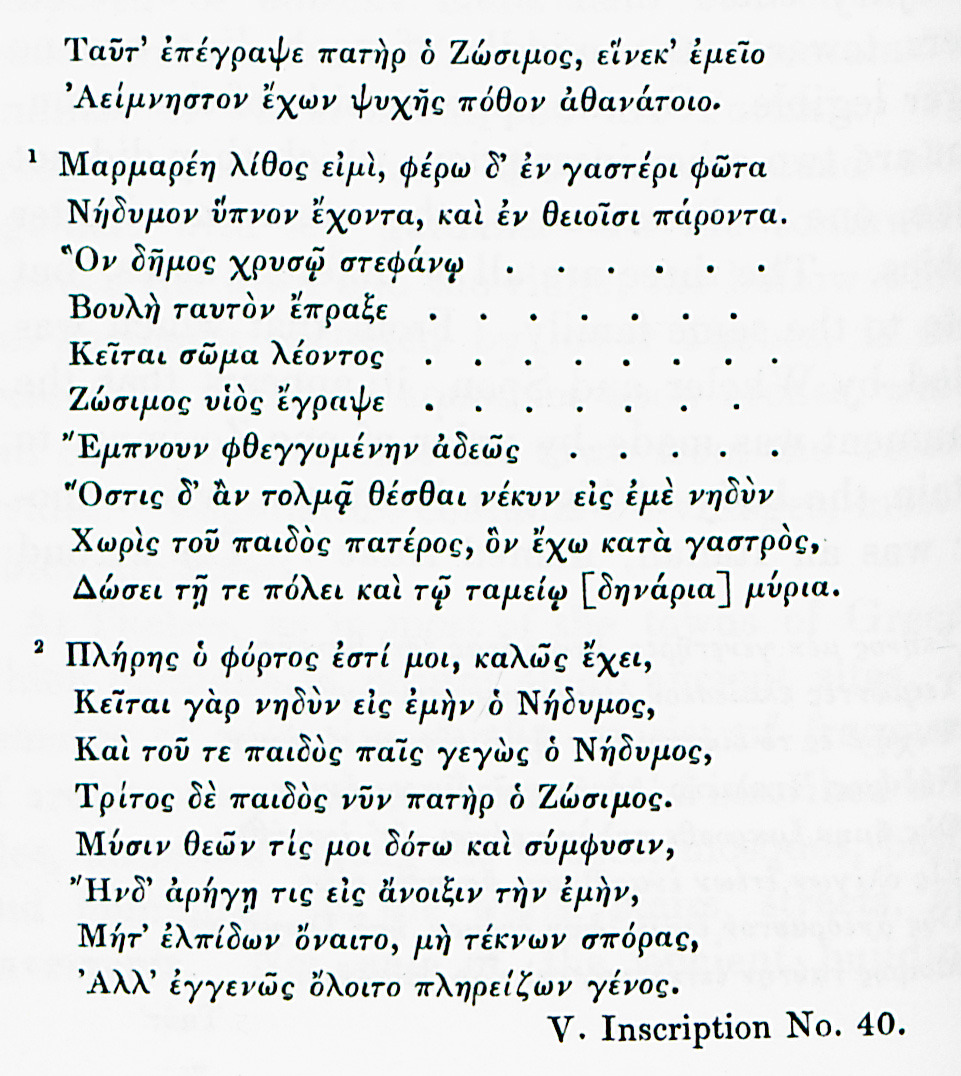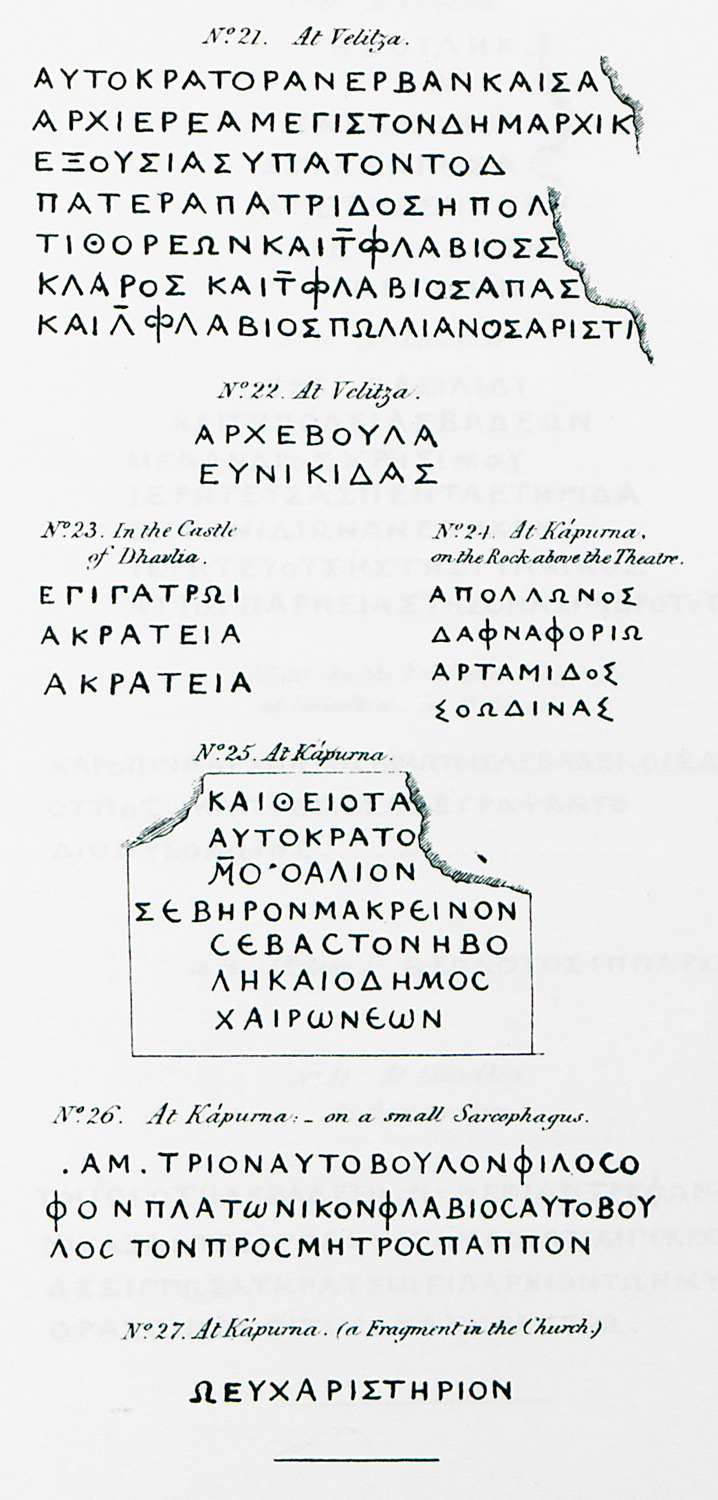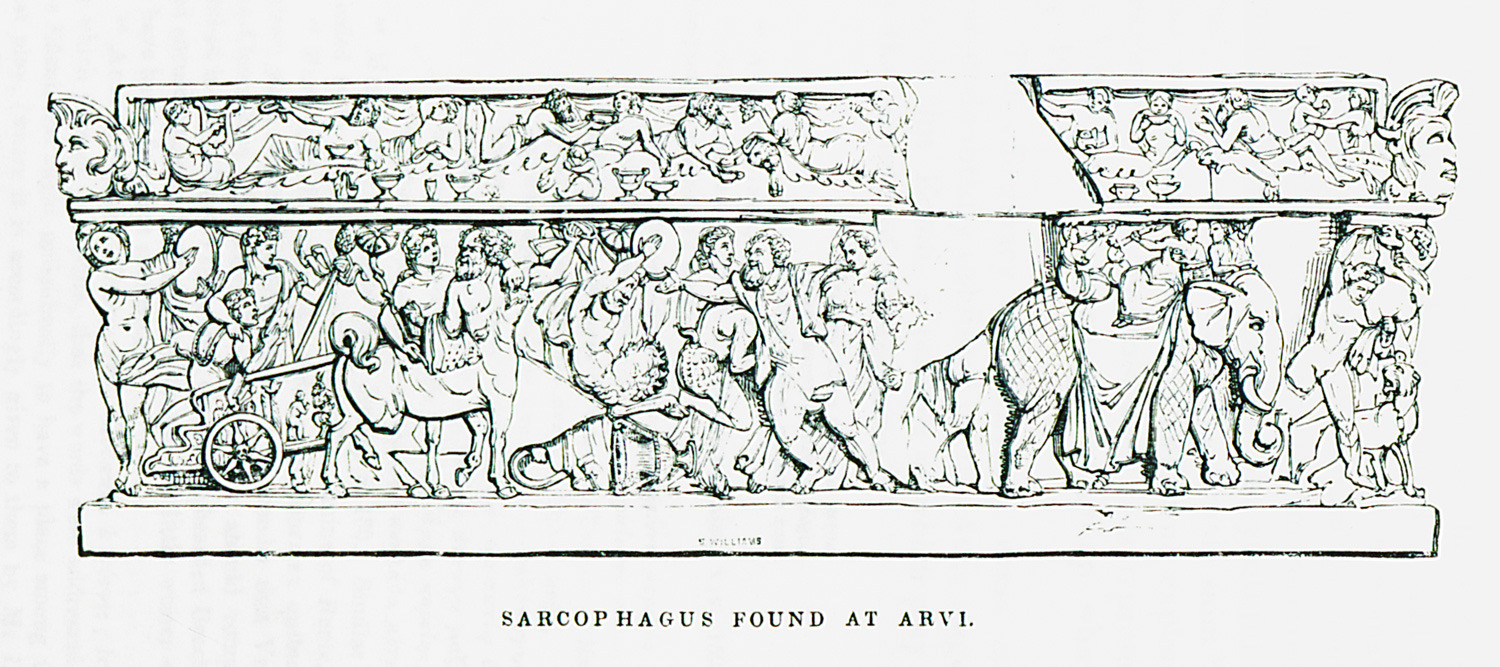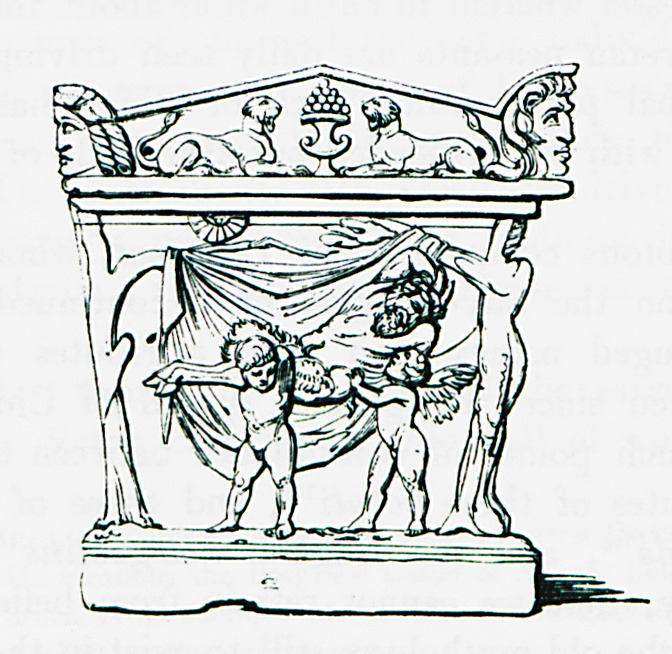Sarcophagi (84 Subjects)
Sarcophagus, perhaps of the Roman era, in Deir al Kalaa, near Beirut.
View of the Roman temples at Baalbeck (anc. Heliopolis).
Fig. 1. View of the Hellenistic, theater of Fethiye (anc. Telmessos) in Asia Minor. Fig. 2. Lycian tombs and sarcophagi at Fethiye (anc. Telmessos) in Asia Minor.
Lycian sarcophagi and mausoleums at Fethiye (anc. Telmessos) in Asia Minor.
Lycian sarcophag at Fethiye (anc. Telmessos) in Asia Minor.
Title page. Ornamented sarcophagus at Epidaurus.
A sarcophagus from the Tombs of the Kings complex outside Jerusalem.
Ancient sarcophagi from Sicily.
Ancient column capital and sarcophagus from Monreale Cathedral, Sicily.
A Mufti reading prayers at a Sultan's sarcophagus (türbe).
Entrance to an Armenian church in Izmir.
The sarcophagus of Nicaea, on the outskirts of the city.
General view of Iznik (Nicaea).
Peasant using the cover of an ancient sarcophagus as a drinking trough, outside Yalvaç, which is built next to the site of Antioch of Pisidia.
Funerary monuments in the necropolis of Hierapolis.
Sarcophagi and other fragments of ancient monuments near a cascade at Pamukkale.
View of the necropolis of Hierapolis. A traveller is reading an inscription on a funerary monument.
Roman sarcophagus bearing a relief of human figures from Aphrodisias in Caria.
Early Christian ruins in Madenşehri, Binbirkilisse area, on Mount Karadag.
Funerary monuments in the area between Kiz Kalesi (ancient Corycus) and Ayas (ancient Elaeussa Sebaste). The necropolis was inhabited by semi-nomadic groups, most probably Turkomans.
Sarcophagus from Asiatic Sarmatia (historical region west of the Caspian sea), used as a cistern, at the surroundings of Yeni Kale fortress in Crimea.
Roman sarcophagus of a man named Nedymus, Thebes.
Inscription from a Roman sarcophagus of Thebes. The inscription had already been published by Wheler and Spon; however, Clarke affirms that he is the first to offer a correct transcription.
1. The mausoleum of Manuel I of Portugal at the Convent of the Order of Christ, Tomar, Portugal. 2. The sarcophagus of Manuel I of Portugal. 3. Water-douching tool used for the cleaning of cannons. 4. Banana tree.
29. Fire-extinguishing vehicle in Antwerp, Belgium. 30. View of the Doric columns of the Antwerp City Hall. 31. Outline of the fortifications of the city walls. 32. Sarcophagus of a cardinal at Liége.
Roman sarcophagus at the streetlet before the six Loggias (galleries leading to the castle of Sifnos).
Inscription from Roman sarcophagus supposed to be the tomb of Saint Luke the Evangelist, at the church of Hagios Loukas, Thebes.
21, 22. Ancient Greek inscriptions from Tithorea (Velitsa) in Phhiotis. 23. Ancient Greek inscription from the castle of Amphicleia (Dadi). 24. Ancient Greek inscription on rock near the theatre of Glafyra (older Kapourna) near Volos. 25. Inscription from Glafyra. 26. Inscription from sarcophagus at Kapourna. 27. Inscription from church at Glafyra.
Sarcophagus of Arvi or Pashley sarcophagus: Marble sarcophagus with relief showing the triumphal return of Dionysus, discovered in Arvi, Heraklion province, and taken to Britain by Robert Pashley, today housed at Fitzwilliam Museum, Cambridge.
Details from the sarcophagus of Arvi or Pashley sarcophagus: marble sarcophagus with relief showing the triumphal return of Dionysus, discovered in Arvi, Heraklion province, and taken to Britain by Robert Pashley, today housed at Fitzwilliam Museum, Cambridge.


